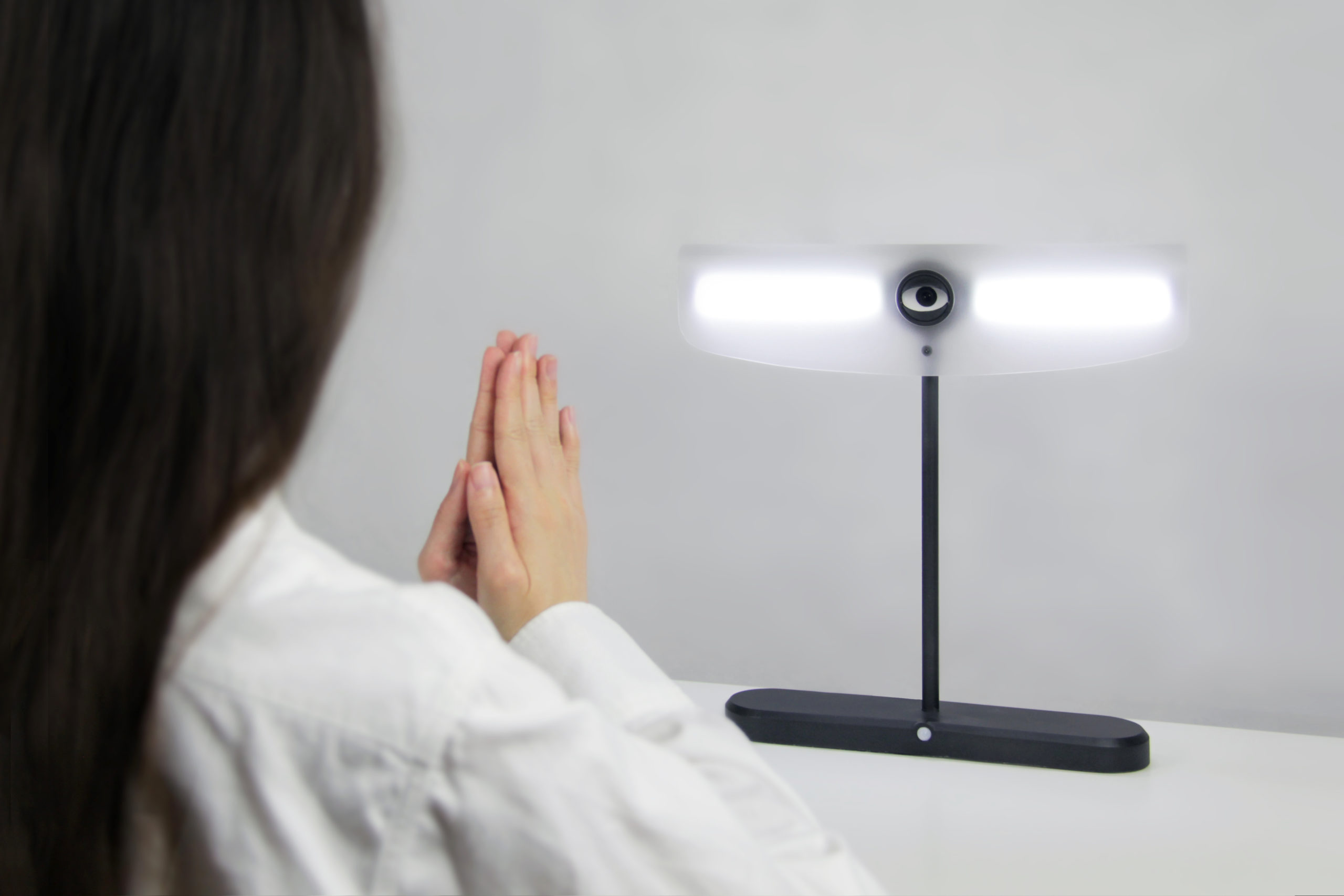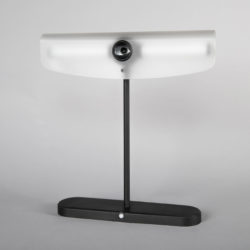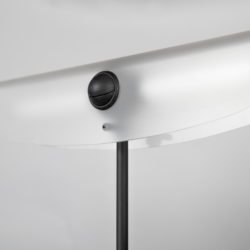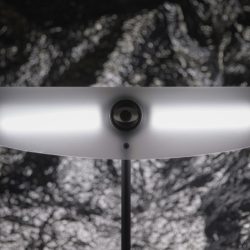HUMANAMUH
Description
A table lamp. If the light is needed, one must first greet the lamp and show respect, and then this lamp will gladly serve people. This lamp wants to be respected.What is the Topic?
I want to reflect on the relationship between humans and machines. I try to design beyond anthropocentrism. The boundary between man and machine is melting. What will the world look like when everyday things are alive and with their own consciousness? The development of the AI and the Internet of Things turns the old animistic story into reality: the smart products live and work with us. They can be friendly, harmless, or full of hate, depending on how they are treated and used. Designers may not design an object in the future, but an existing life. Things speak their own language, share their own experiences, we can never really understand the world of things. But we can restrain ourselves if necessary and treat intelligent things with kindness and respect. The experience of intercultural communication with people can also be transferred to communication with non-people. What if things want to be respected? Based on this idea, I designed a table lamp. If the light is needed, one must first greet the lamp and show respect, and then this lamp will gladly serve people. This table lamp brings social interpersonal interaction into the relationship between people and non-people. Here, lamp and man are equal.
Why does it look like this?
The proportion of the lamp was inspired by Leonardo da Vinci's "Vitruvian Man" and I tried to incorporate some humanity into the objects. The eye as a symbol of wisdom and spirit represents the "soul" that exists on the animated object.
What is special?
The switch, as the absolute power of human beings for electrical appliances, was canceled in the design process. There is no switch for this desk lamp. I tried to design the table lamp as an independent entity. In addition, this lamp integrates a microcomputer as a control module, so it has certain thinking and analysis capabilities. I used a Convolutional Neural Network(CNN) as the algorithm, so this lamp can be educated and trained.
What is new?
In this project, I challenged the „human-centered“ design criteria. I try to think from the perspective of things and analyze their needs. I used a little bit of anthropomorphism as a form generation method to achieve better Empathy between humans and things. In addition, I also look for inspiration from traditional stories. There is a legend in Japan about the Tsukumogami: even everyday objects can be turned into gods. They can be alive and have their own consciousness. Taking this as a starting point, I designed a Tsukumogami, who desires to be respected by humans.




